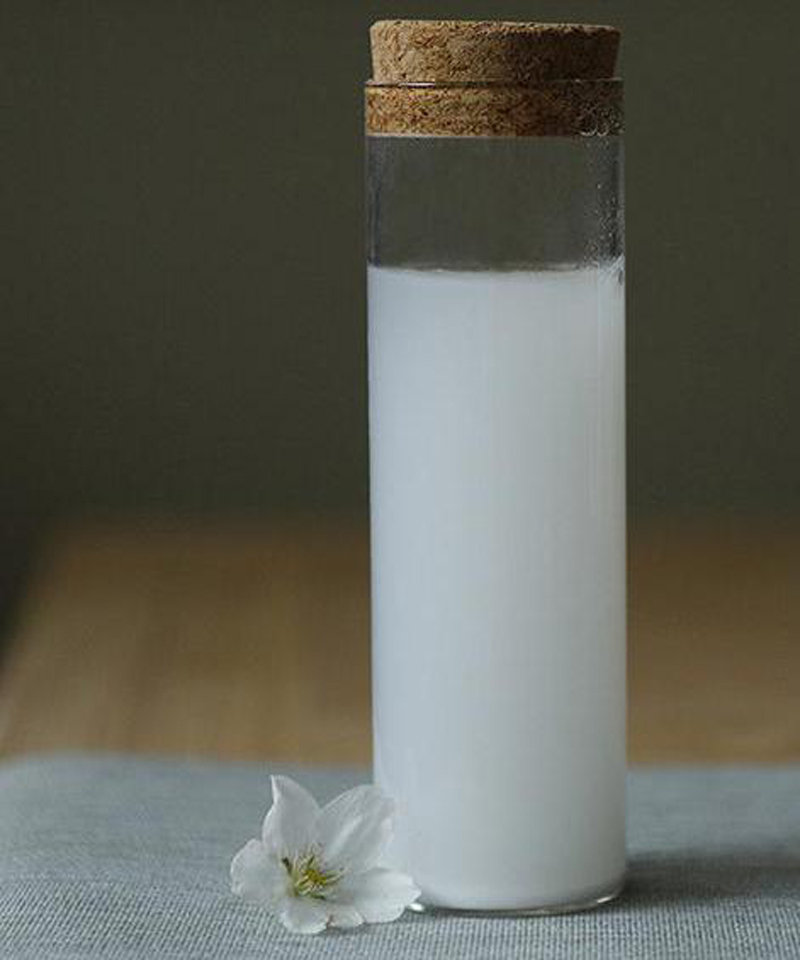The manufacturer of high-voltage electrostatic circulating water will explain to you that there are many kinds of pesticides and the quality of pesticide wastewater is complex
① The concentration of pollutants is high, COD (chemical oxygen demand) can reach tens of thousands of mg / L;
② In addition to pesticides and intermediates, the wastewater also contains phenols, arsenic, mercury and other toxic substances, as well as many biodegradable substances;
③ It has odor, irritating to respiratory tract and mucous membrane; 4) water quality and quantity are unstable. Therefore, the pollution of pesticide wastewater to the environment is very serious.
The purpose of pesticide wastewater treatment is to reduce the concentration of pollutants in pesticide production wastewater, improve the recovery and utilization rate, and strive to achieve harmless, but the treatment technology is not perfect. The treatment of organic phosphorus containing wastewater to produce organophosphorus pesticides will produce organic phosphorus wastewater
For example, the production of dimethoate will produce high concentration of organic phosphorus wastewater with COD value of more than 10 000 mg / L and organic phosphorus content of about 1 000 mg / L. Dimethoate, methanol, dimethylamine and other substances contained in wastewater can be recovered by extraction or distillation, and then treated harmlessly by biological method. In order to ensure the normal operation of biological treatment and improve the treatment effect, appropriate pretreatment is needed
① Static method: before biological treatment of wastewater, the wastewater should be stored in the static tank for more than three days to hydrolyze some harmful substances and precipitate many inorganic substances.
② Alkaline hydrolysis: when the pH value of wastewater is adjusted to 12-14, more than 80% of organic phosphorus in wastewater will be destroyed and become intermediate products.
③ Activated carbon adsorption method: wastewater can be adsorbed with activated carbon to remove some of the substances that are difficult to degrade and harmful to biological treatment.
In addition to the above methods, there are wet air oxidation, acid hydrolysis, reverse osmosis, activated carbon biofilm, solvent extraction, distillation and activated sludge, etc. good results have been achieved in the study of these methods. More and more attention has been paid to the process reform of pesticide production, reducing the unit consumption of raw materials and replacing highly toxic pesticides with low toxic and residual pesticides. Some countries have banned the production of organochlorine and organomercury pesticides such as BHC, and actively research and use microbial pesticides. This is a fundamental way to prevent pesticide wastewater from polluting the environment.
